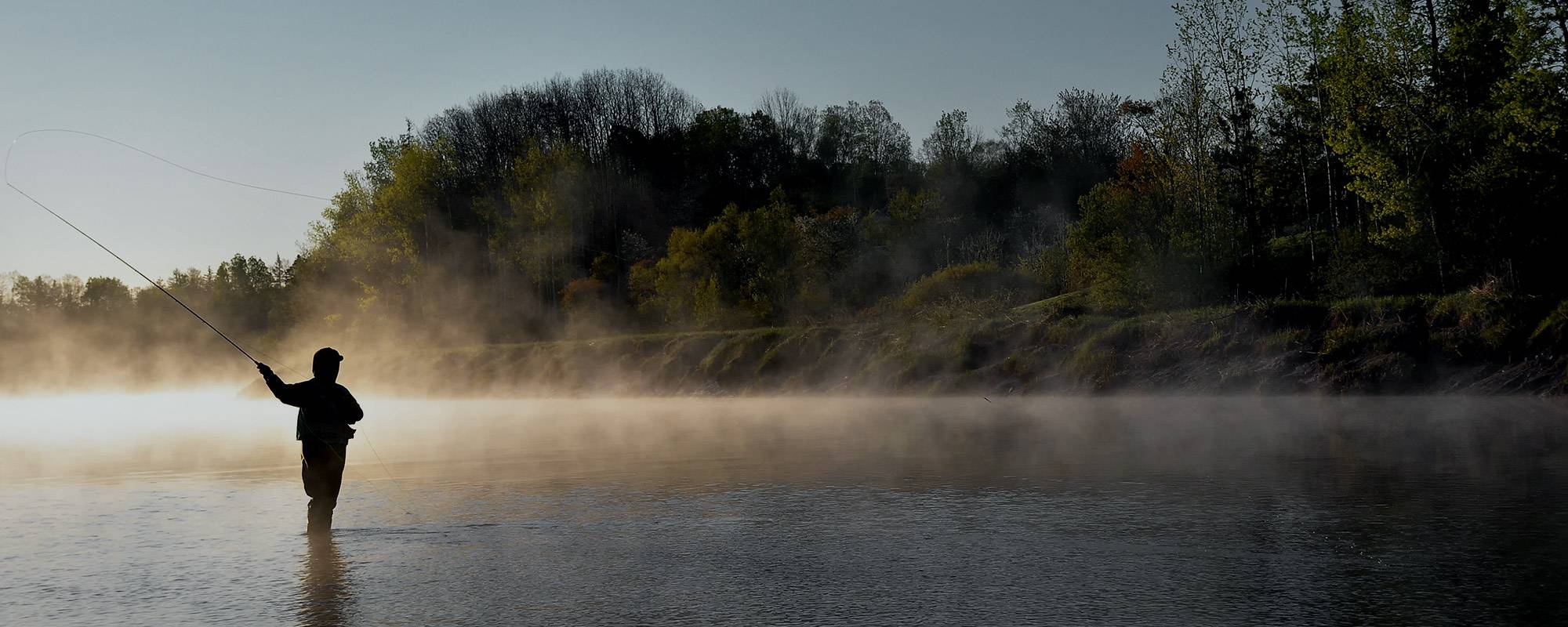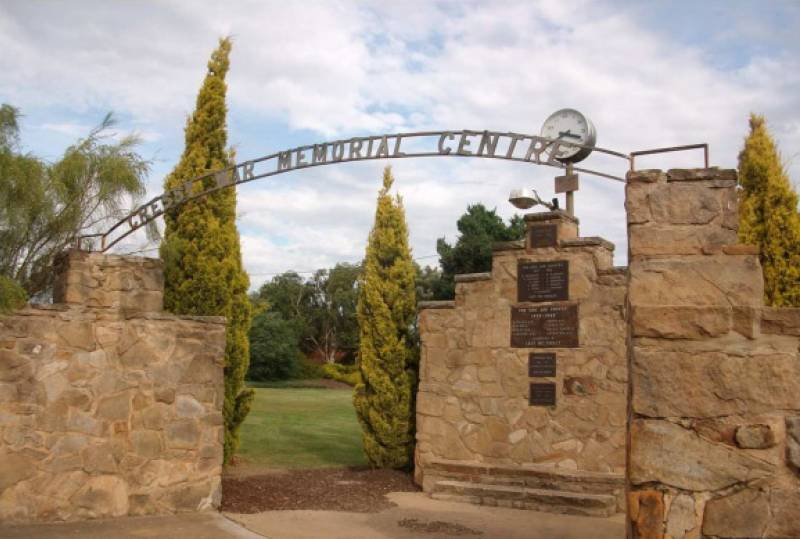
Known as the 'Gateway to Trout Fishing Paradise', Cressy is a mecca for fly fishing, with accessibility to Brumby's Creek, the Weirs, the Macquarie, Lake and Liffey rivers.
Cressy is a rural township with a population of around 800, which is situated on the Norfolk Plains below the Great Western Tiers, 36 kms from Launceston and 21 kms off the Midland Highway.
The beautiful surrounding countryside, rivers filled with trout, paddocks with crops, cows and sheep, views of the Great Western Tiers, wide streets, entice visitors to slow the pace and enjoy.
The area of Norfolk Plains, which takes in the Cressy district, was at one time the richest wheat growing area in Tasmania. Today more specialised crops like poppies for the pharmaceutical industry are grown.
The Cressy area is a mecca for fly fishing. Known as the 'Gateway to Trout Fishing Paradise' with accessibility to Brumby's Creek, the Weirs, the Macquarie, Lake and Liffey rivers. Cressy is Tasmania's only 'troutified' township and home to the well known, Tasmanian Trout Expo which is held annually.
There is a mural on the Cressy Town Hall depicting early settlers and the farming community, as well as the properties in the area. A painted history board, showing the main street of Cressy as it was in the early 1900s stands in the park.
Activities in Cressy
Visitors to Cressy are delighted to find so much to do. Locals and visitors enjoy many activities:
- Heated swimming pool (closed in winter)
- The Cressy walk is from the park in Main Street to William Street, along Murfett Street, to the Stock Route, and then linking up again on Main Street. Exit points are at Church Street and Saundridge Road
- Outdoor exercise equipment is available in the park behind the War Memorial in Macquarie Street
- The Cressy Bowls Club is in Macquarie Street, opposite the Cressy Recreation Ground.
- A picturesque golf course is located between Cressy and Longford
- Annual Trout Expo fishing competition
Accommodation
Accommodation in Cressy includes self-contained cabins, farm stay, hotel, backpackers. Self-contained motor homes can use the Cressy Recreation Ground to park their vehicles, free of charge.
Clubs and Services
- Cressy Cricket Club, established in 1877
- Cressy Scouts, established in the 1920s
- The Cressy Gun Club is on the outskirts of town
- Cressy District High School
- Cressy Fire Brigade
- Fuel, takeaway, groceries, post office, bakery.
There are a variety of industries located in and around Cressy. The rich agricultural land is used for beef and lamb production, and the plentiful access to irrigation water allows for a large variety of cropping including cereals, vegetables, berries, grass seed and poppy production, as well as a hatchery and abattoir.
Cressy is often referred to as Tasmania's 'Trout capital', and is the perfect base for anglers. It's a trout fishing
As the cool clean water of Great lake makes its way to the three weirs of Brumby's Creek, anglers can find trout fossiking around the weedy margins, or on the rise after aquatic insects. The Macquarie River is a well known meadow stream that attracts anglers from far and wide.
Further information and Anglers Access is available from www.ifs.tas.gov.au.
The Tasmanian Trout Expo is held at Cressy during the second last weekend of September each year. This is a fun, family friendly event with a great fishing competition, which has a major prize of $10,000, plus many smaller prizes.
Cressy was built as the main centre for the Cressy Company. The town was named by the first company director Captain Bartholemew Boyle Thomas, a descendant of a war hero at the battle of ‘Crecy’, between the English and the French in 1346. The company was named after this battle.
The Cressy Company, also known as ‘The Cressy Establishment’, was a large agricultural company. The company owned a significant portion of the Norfolk Plains including land from the Lake River to the Liffey River.
William Brumby built the first building in the area, the Cressy Hotel, in 1845. Cressy became an official township in 1848. The last director of the Cressy Company, James D. Toosey Senior, sold ‘The Cressy Establishment’ in 1855, for a large profit. After the sale he bought two properties - ‘Richmond Hill’ and ‘Cressy House’ - and later set aside land from ‘Richmond Hill’ for a church and burial ground.
Cressy was a flourishing agricultural village by 1887. The Cressy Research Station was established in 1937. the Cressy-Longford Irrigation Scheme was established in the early 1970s using water from the Poatina Hydro Scheme.
Today Cressy is still a significant centre in a productive agricultural district. It is also the gateway to trout fishing in the streams that flow across the Norfolk Plains from the lakes in the high country of the Western Tiers.
Quick facts about Cressy's past
- An air raid siren was located in Whatley's Shop (68 Main Street) during World War II
- Air raid trenches were dug on the school oval
- Ruffie Thomas' shop (40 Main St) was once a coach stop and mail depot
- Cressy once had a Temperance hall
- The CWA owned the house next to the supermarket
- The Child Health Assocation Building was in Spencers Lane
- The first Anglican Church in Cressy was at the Bell Post Corner (Poatina Road, on the southern outskirts of Cressy, near Woodburn Lane)
- Whatley's Cycle Shop was located on Main Street
- Her Majesty Queen Elizabeth II visited Cressy in 1954 and stayed at "Connorville"
- The 'Cressy' tennis racquet was one of many models made by the Alexander brothers from their factory in Launceston, and believed to be named after our town. its innovative design was their flagship model for the 37 year life of the company. Champion Jack Crawford won 13 major tournaments playing with the 'Cressy Wizard', including the Australian and French Championships, and Wimbledon in 1933
Some of the more unique stories of Cressy's history
The township of Cressy enjoys an unique and eclectic history.


